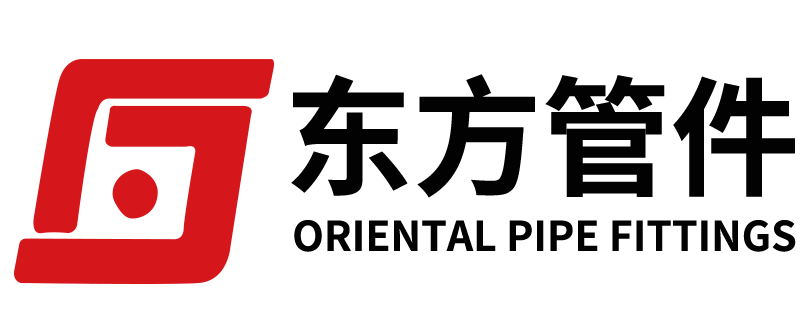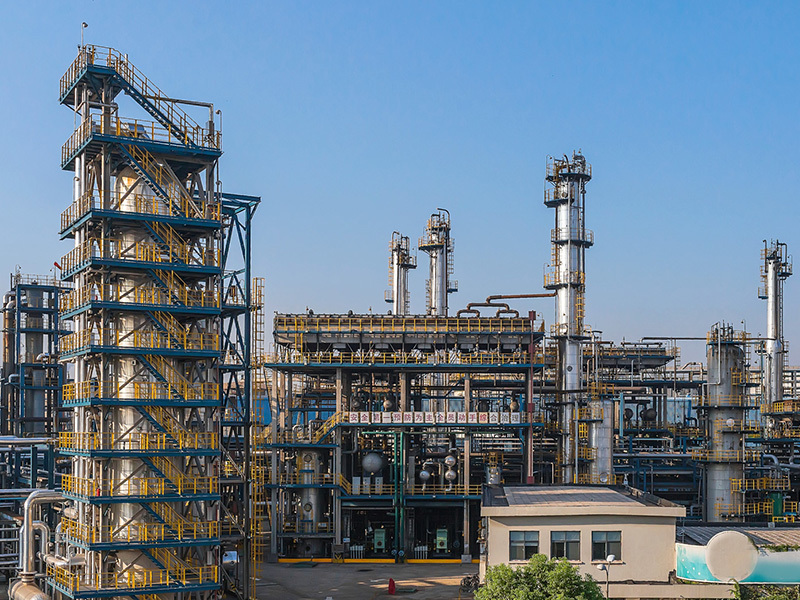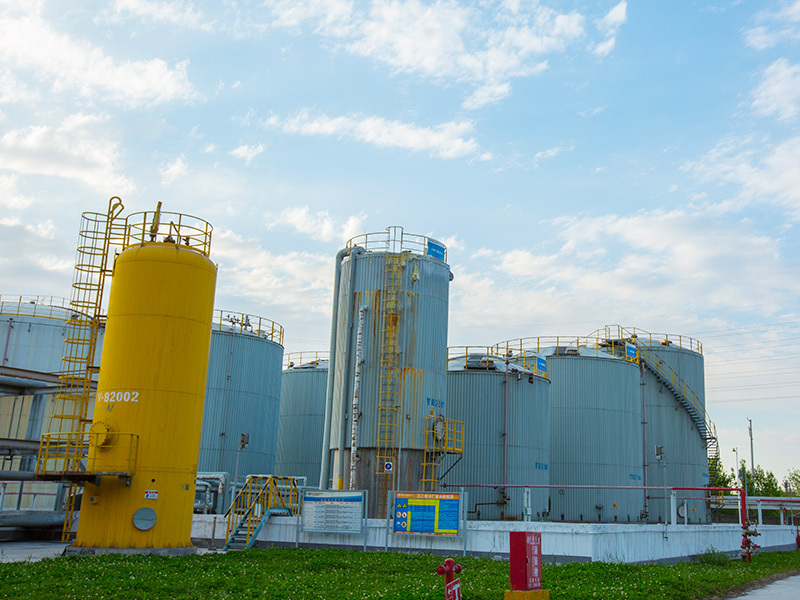A 180° elbow is a metal pipe fitting used to change the direction of piping in carbon steel pipelines.
A 180° elbow is a metal pipe fitting used to change the direction of piping in carbon steel pipelines.
A 180° elbow is a metal pipe fitting used to change the direction of piping in carbon steel pipelines. It can be connected via threaded or welded joints. Commonly available angles include 45°, 90°, and 180° elbows, though custom designs such as 60° elbows are also manufactured to meet specific project requirements. Elbows are made from a variety of materials, including cast iron, stainless steel, alloy steel, malleable cast iron, carbon steel, non-ferrous metals, and even plastics. Connection methods for these fittings include direct welding (the most common approach), flange connections, hot-melt bonding, electrofusion welding, threaded connections, and socket-type connections. Based on manufacturing processes, elbows can be categorized into types such as welded elbows, stamped elbows, push-bend elbows, and cast elbows. Other common names for this fitting include "90-degree elbow," "right-angle bend," and "Elbow Aier."
180° elbows are first classified based on their radius of curvature, which can be either long-radius or short-radius elbows. A long-radius elbow has a curvature radius equal to 1.5 times the pipe’s outer diameter, expressed as R = 1.5D. In contrast, a short-radius elbow features a curvature radius that matches the pipe’s outer diameter, or R = 1.0D. (Here, D represents the elbow’s diameter, while R stands for the radius of curvature; D can also be indicated in multiples.) When categorized by pressure rating, there are roughly seventeen standard types, corresponding exactly to U.S. pipe standards. These include: Sch5s, Sch10s, Sch10, Sch20, Sch30, Sch40s, STD, Sch40, Sch60, Sch80s, XS; Sch80, Sch100, Sch120, Sch140, Sch160, and XXS. Among these, STD and XS are the most commonly used. Elbows can also be classified according to their angle, with options including 45°, 90°, and 180° bends. The manufacturing standards followed for these fittings include GB/T12459-2005, GB/T13401-2005, GB/T10752-1995, HG/T21635-1987, and D-GD0219, among others.
Keywords:
Previous post:
Previous post:
Related Blog
Introduction to Anti-Corrosion Steel Pipes
A 180° elbow is a metal pipe fitting used to change the direction of piping in carbon steel pipelines.
What are angled tees and angled crosses?
Both types of fittings optimize fluid dynamics performance and installation flexibility through angular design, making them an efficient alternative to traditional straight tees and crosses in modern piping systems.
Avoiding splicing at the r-point of the dish-shaped tube cap can prevent thinning and high stress.
Stainless Steel Grades: 304, 304L, 316, 316L, 321, 2520, 310, 317, and more. Nominal Diameters: DN15 to DN1200 Wall Thicknesses: SCH5 to SCH160 Standards: ASME, DIN, JIS, BS, GB/T, JB, SH, HG—specifically including: GB/T 12459-2017, GB/T 13401-2017, ASME B16.9, SH3408, SH3409, HG/T 21635, DL/T 695, SY/T 0510, DIN 2617. Applications: Water, beverages, beer, food processing, petrochemicals, nuclear power, machinery, medical equipment, fertilizers, shipbuilding, waterproofing systems, piping, and more. Packaging: Wooden crates or cardboard boxes. When applying dish-end caps, avoid splicing at the radius area, as this can lead to material thinning and high stress concentrations. During splicing, weld seams must be oriented either radially or circumferentially—this requirement may eventually be relaxed for larger-cap diameter applications. Additionally, there are specific spacing guidelines for splices: they should be positioned at least 3δ away from each other, with a minimum distance of 100 mm. (The weld heat-affected zone is inherently a region of high stress, and chemical composition loss occurs within this area. Therefore, it’s crucial to steer clear of these high-stress zones, as their extent depends on the material thickness. Based on practical experience, the recommended stress-relief length is greater than 3δ but no less than 100 mm.) However, this requirement is particularly challenging to meet in refrigeration equipment due to their unique design characteristics.








